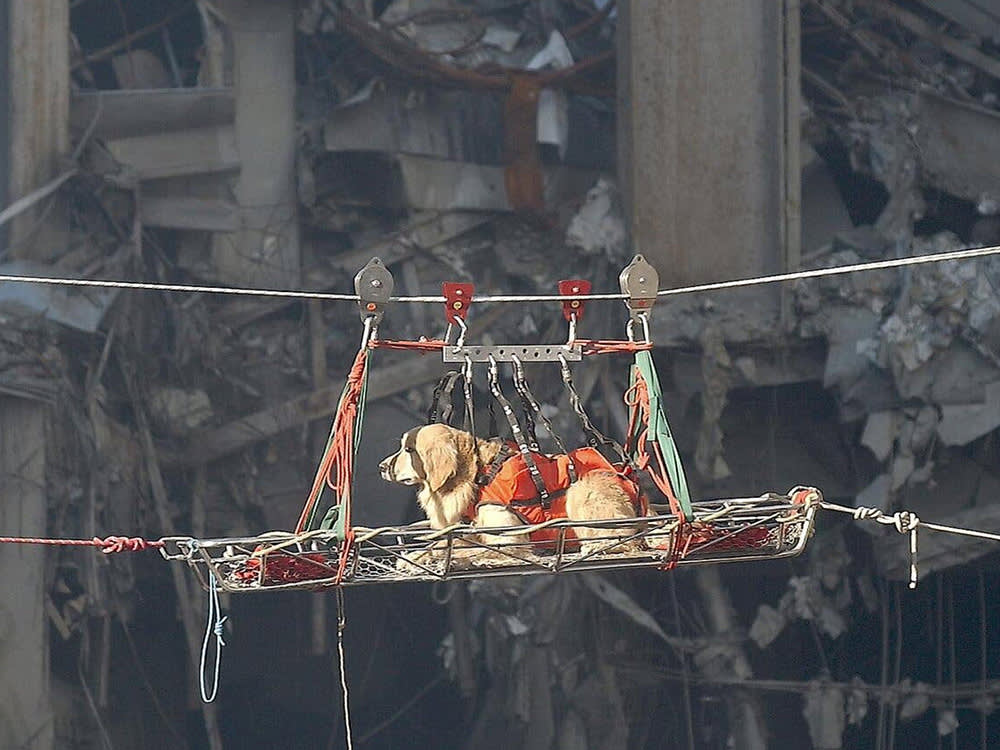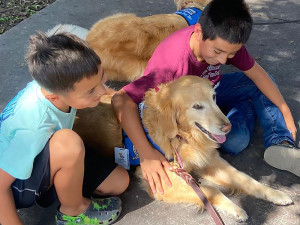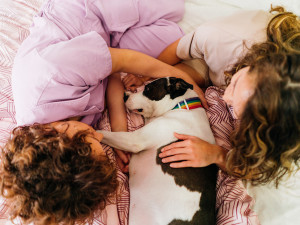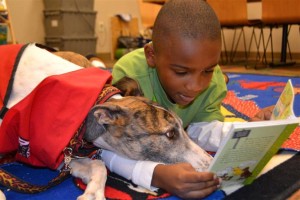Honoring the Heroic Rescue Dogs of 9/11
We pay tribute to the pups who risked their lives to save others 24 years ago.
When most people think of the heroes of September 11, 2001, they likely imagine the search-and-rescue teams, including firefighters and police officers, who sacrificed and risked their lives to save those in peril. But on this somber anniversary, we want to take the time to honor the canine heroes who were on the scene, too.
Twenty-four years ago, at least 300 specially trained dogs were part of the efforts to recover survivors from the attacks on the World Trade Tower and the Pentagon. In fact, per The New York Timesopens in new tab, the NYPD’s K-9 urban search-and-rescue team arrived within just 15 minutes of the South Tower’s collapse.
Trick question: All dogs are perfect! But find out which type is the best fit for you.
They were joined by dogs from the Penn Vet Working Dog Center, the Cy-Fair Fire Department, and many other FEMA-certified rescue canines. One of these dogs, a German Shepherd named Trakr, found the last living person rescued from the tower, 27 hours after the towers fell.
The impact of these dogs went far beyond their rescue achievements. Dr. Cynthia M. Otto told the American Kennel Clubopens in new tab (AKC) that helper dogs were the one “ray of sunshine” in the media coverage of the 9/11 attacks. Their presence lifted the spirits of survivors and rescuers in the moments after the tragedy, and their stories gave some light and hope back to the witnessing world.
How much do you spend on your pet per year?
Rescue dogs of 9/11
The search-and-rescue (SAR) dogs were initially tasked opens in new tab with traversing the rubble to find any living people trapped inside. That’s when Trakr found Genelle Guzman-McMillan, a Port Authority employee who was pinned under cement and steel. “I felt total renewed life in me ... That was the most joyful moment,” Guzman-McMillan told TODAYopens in new tab.
Tragically, as the hours progressed, the rescue dogs’ mission was refocused to recovery, and the dogs who were specially trained to find human remains were put to work. The task was incredibly grueling for humans and canines alike. Fires were still smoldering when the dogs entered, and several dogs narrowly avoidedopens in new tab serious injury.
Several survivors have spoken about the emotional impact of having the dogs on the scene. Firefighters would approach the rescue dogsopens in new tab to pet them and eventually end up opening up to the pups’ handlers with personal stories about the missing people they were searching for. As one of the dog’s handlers saidopens in new tab after witnessing their dog’s heroism, “He had no way to know that when firefighters and police officers came over to hug him, and for a split second you can see them crack a smile — that Riley was succeeding at doing an altogether different job. He provided comfort. Or maybe he did know.”
Therapy dogs of 9/11
The SAR dogs on the scene that day weren’t the only canines who helped 9/11 survivors. Therapy Dogs International (TDI) sent 100 teams to New Yorkopens in new tab, where they spent four weeks at the Family Assistance Center. Survivors who were unwilling to speak to human mental health professionals would open up with dogs and find comfort in their company. According to dog trainer Cindy Ehlersopens in new tab, one firefighter asked, “Where are those comfort dogs? They’re the only thing that helps me get through the day.”
The president of TDI told the American Kennel Club that 9/11 began a new era of therapy dog assistance. Since 9/11, TDI dogs have helped after a variety of tragedies, from natural disasters to mass shootings. Cindy Ehlers was inspired to start the HOPE Animal-Assisted Crisis Responseopens in new tab in Eugene, Oregon, which has provided emotional assistance to those impacted by mudslides, tornadoes, mass shootings, homelessness, and COVID-19.
The dogs’ actions on September 11 moved many pet parents to pursue search-and-rescue certification, per Dr. Ottoopens in new tab. These dogs also opened the door for more research on rescue canines. Years after the passing of the last known surviving search dog — Bretagne, a Golden Retrieveropens in new tab who also responded to Hurricane Katrina and became a reading companion at an elementary school in her senior years — the hero dogs of 9/11 continue to make a positive impact and inspire hope.







